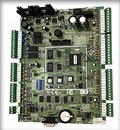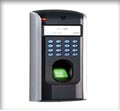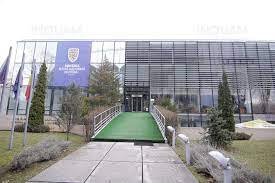In accordance with current legislation, the installation of an access blocking system should be performed by trained technical staff based on compliance with the manufacturer’s instructions. Where possible, when installing an access blocking system it is aimed that the equipment will be mounted so that during the process of service-maintenance of the system, access to equipment will be easy.
In the case of outdoor turnstiles – they are installed in a foundation buried at a specified depth depending on the characteristics of the turnstile (height, length, aperture). For turnstiles mounted on the outside, a great importance is given to IP protection class for housing and electrical circuits, environmental conditions are an important factor in terms of the system’s optimum operation – on medium and long term.
Interior turnstiles are attached in floor level bolts, prior to this, installation finishes being required. In most cases, standard fixing materials are delivered with the turnstile.
Auto barriers will require a robust and stable attachment, for this in the foundation it is added a layer of cement. Depending on the application and the equipment used there are cases where the barriers are attached in bolts on the finished floor level. For application that are provided with wider entrances, barriers can be mounted face to face, in the master / slave system. Thus they can cover very wide entrances specific to industrial sites or loading-unloading platforms.
On retractable poles, the depth of the pit in which they are “mounted”- is done according to the snare that is made by the retractable cylinder. With this equipments, a special attention must be given to the total protection against atmospheric agents, reliability, high resistance to shocks and extreme temperatures.
The commissioning of the access blocking system is done in the presence of the system’s beneficiary, in proper compliance with the requirements expressed by him. The beneficiary is instructed about how to use the system and receives a number of specific documents – according the legislation.
Roel Systems formed teams of certified installers, teams that are supervised by engineers with experience in the field.










